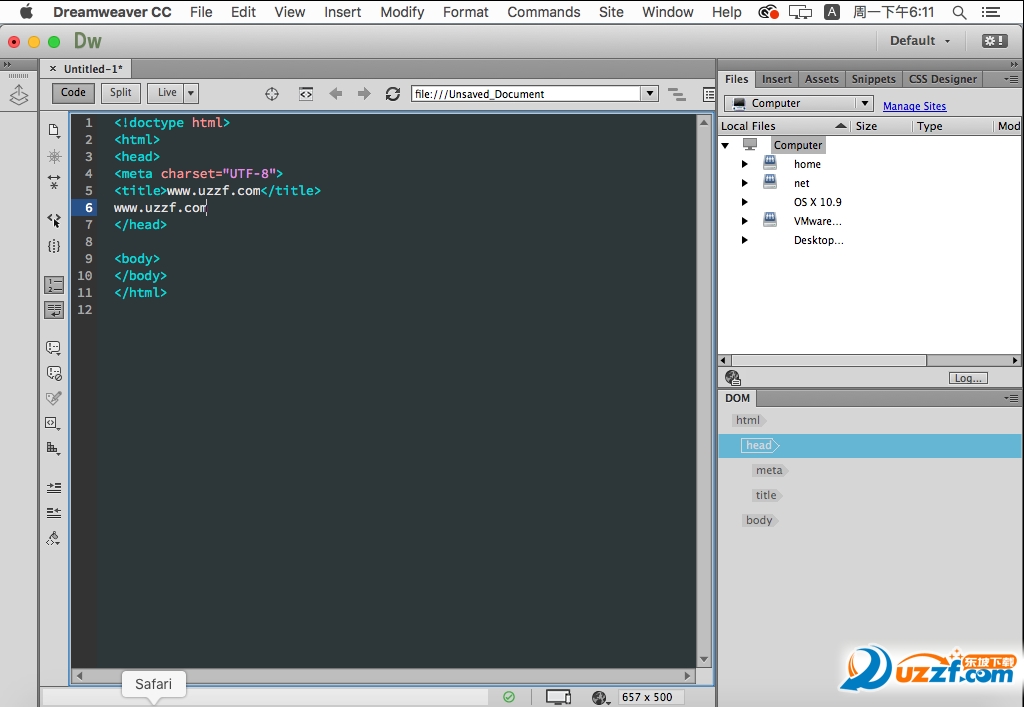
You can now add video clips via Live view and preview them without leaving Dreamweaver (in other words, without launching a browser).Īfter you complete the Insert command to add a component, a small visual aid appears you can specify classes or IDs in it.
ADOBE DREAMWEAVER CC 2013 CODE
You get type-ahead for IDs and classes, but you don’t see a tree of them, as in Dreamweaver’s Code Navigator, so you have to at least know what letter the class or ID starts with.
ADOBE DREAMWEAVER CC 2013 PLUS
Click the plus sign, and you can add IDs or classes, and if it’s text, you can bold, italic, or link the text from there. Once you’ve decided on placement, the component’s tag appears above it, along with a small plus sign. I found it useful, because the buttons are big and the functions are unambiguous. Now, when you add components from Dreamweaver’s Insert panel, a new “position assist” visual aid appears, giving you the option to place the component before, after, wrapped around the tag at the insertion point, or nested as part of the tag, whatever it may be. Now when you use the Insert command to add a component, a large visual aid appears to help you with placement. I hate to say give me another Dreamweaver palette, but I think that would make it more useful. The popup isn’t persistent, either: As soon as you click away, it disappears. You cannot resize the popup window, however, so I found myself side-scrolling frequently. Delete, duplicate, copy, or paste components within the popup, all while keeping an eye on the Live view to see the effects. Want to move things around? Drag and drop them in the Element Quick View. Of course, Dreamweaver still can’t show you what your pages will look at in Internet Explorer or Firefox, so you’ll need to preview in those browsers.Ĭlick on a small button at the bottom of Dreamweaver’s main view to see a new Element Quick View popup that uses a basic tree display to show your page’s structure (sections, divs, and other components). In previous versions, it used the WebKit engine, on which Apple Safari and older versions of Chrome were based.

Live view should now give you a pretty close representation of what your pages will look like in Google Chrome, because Dreamweaver now uses the open-source Chromium engine, on which Chrome is also based.

This begs the question of why Dreamweaver needs both the Design view button and the Live view button, because you can’t display Live view without being in Design view, but Adobe says that you still need Design view or Code view for certain tasks (though Adobe also says that it’s working toward having a fully editable Live view in a future release). In previous versions, you’d have to uncheck Live view and use Design view, then switch back to Live view or preview in a browser to see the effects of your edits. The most visible of these updates is the fact that you can edit on-canvas in Dreamweaver CC 2014’s Live view. Click a tiny button at the lower left corner of Dreamweaver’s screen to pop up the new Element Quick View, within which you move or delete components of your page.


 0 kommentar(er)
0 kommentar(er)
